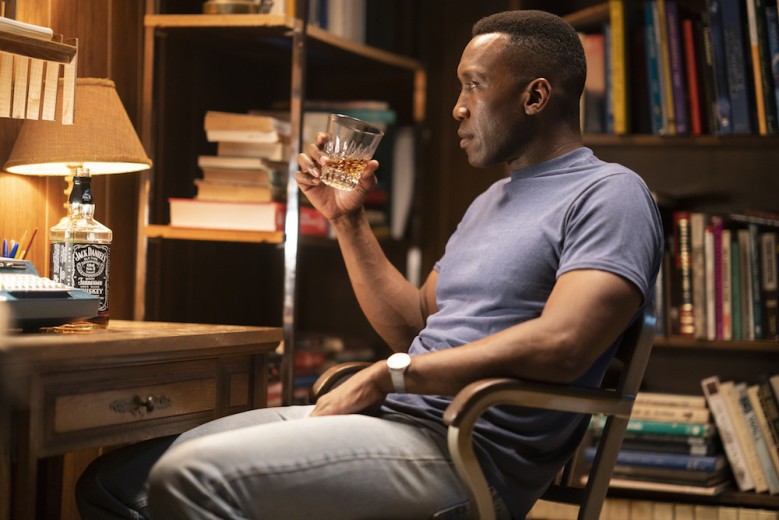
Welcome to our weekly breakdown of the minutia of Nic Pizzolatto’s True Detective. While Brian Grubb provides his always excellent coverage of the series (here’s his write-up of the most recent episode), here — as we have in the past with Breaking Bad, Mad Men, Better Call Saul, and Mayans M.C. — we will look at some of the details viewers may have missed; references to other shows, movies or books; and theories on particular suspects. We scour Reddit threads, social media, and podcasts in an attempt to curate the best intel about each episode.
The Amelia Theory Takes Root Among True Detective Watchers
— One possible theory that emerged following this episode — in particular, while Hays was seeing the ghost of Amelia in 2015 — is that Amelia herself may have been the killer. It might explain why, during the stake-out at Walgreens, that Amelia proposed to Hays going back to a motel — she was not interested in finding Julie (perhaps because she already knew about Julie’s whereabouts). Curiously, she also asked both Hays and the police officer with whom she was sweet talking, “Were there any fingerprints behind the pharmacy?” Is there a particular reason why she wants to know? What does she know that would place Julie behind the pharmacy? Are there other fingerprints she’s worried about being discovered?
— Meanwhile, is there a reason that Hays won’t read Amelia’s book? Is he afraid of what he’ll learn (or not learn)? Will it confirm his own subconscious suspicions that his wife was involved in the murder of Will Purcell and the disappearance of Julie? Is this the real reason Hays’ resents Amelia’s work as an author, and not because he is envious of her investigative skills?
— That brings me to the “ghost” of Amelia that Hays interacts with in the 2015 timeline. Most people assume that Hays is suffering from dementia in 2015, but could it just be the effects of repressed memories? From Science Daily:
Hidden memories that can’t be consciously accessed may protect the individual from the emotional pain of recalling the event. But eventually those suppressed memories can cause debilitating psychological problems, such as anxiety, depression, post-traumatic stress disorder or dissociative disorders.
That tracks, doesn’t it? His memory problems seem to revolve around both the Purcell case and what happened to his daughter, Rebecca. Could it not be traumatic memories creating “debilitating psychological problems”?
“You’re worried what they’ll find. What you left in the woods,” the ghost of Amelia says in the 2015 timeline. “At the end of all things, are you awakening to what you withheld?” What did Hays leave in the woods? What did he leave out? Withhold from police? Was it a clue pointing to Amelia’s involvement that Hays purposely left behind to protect her? To protect their marriage?
“Finish it,” she says, but at what cost? “How much do I have to lose?” Hays asks Amelia. “Everything,” she says, perhaps referring to one of the few things he can still hang on to in 2015: His love for his late wife. Solving the case might ruin his most sacred memories of her.
— In the 2015 timeline, Amelia also seems to allude to the Robert Penn Warren poem, “Tell Me a Story,” that she read aloud to her English class in the first episode. Compare what she says in 2015 — “Scientists now theorize an infinite number of dimensions outside our own. Einstein said past, present, and future are all a stubbornly persistent illusion” — to what she said in 1980 about that poem. “We’re in time. Of time. But to ‘name’ … you separate yourself from something when you name it. I think he means, ‘We can’t be separated from time.'” Hays interpretation, however, alludes to more repression: “I thought it was like, the name of God. You know, how the Hebrews weren’t supposed to say God’s name.”
— The farmer that Hays spoke to near the sight of where the Purcell kids were playing said that he had seen a brown sedan nearby with a black man and a white woman, although he “couldn’t see faces.” At the time of Will’s murder, it appears that Amelia was dating this man. Is it possible the farmer guy was a little confused about who was black and who was white?
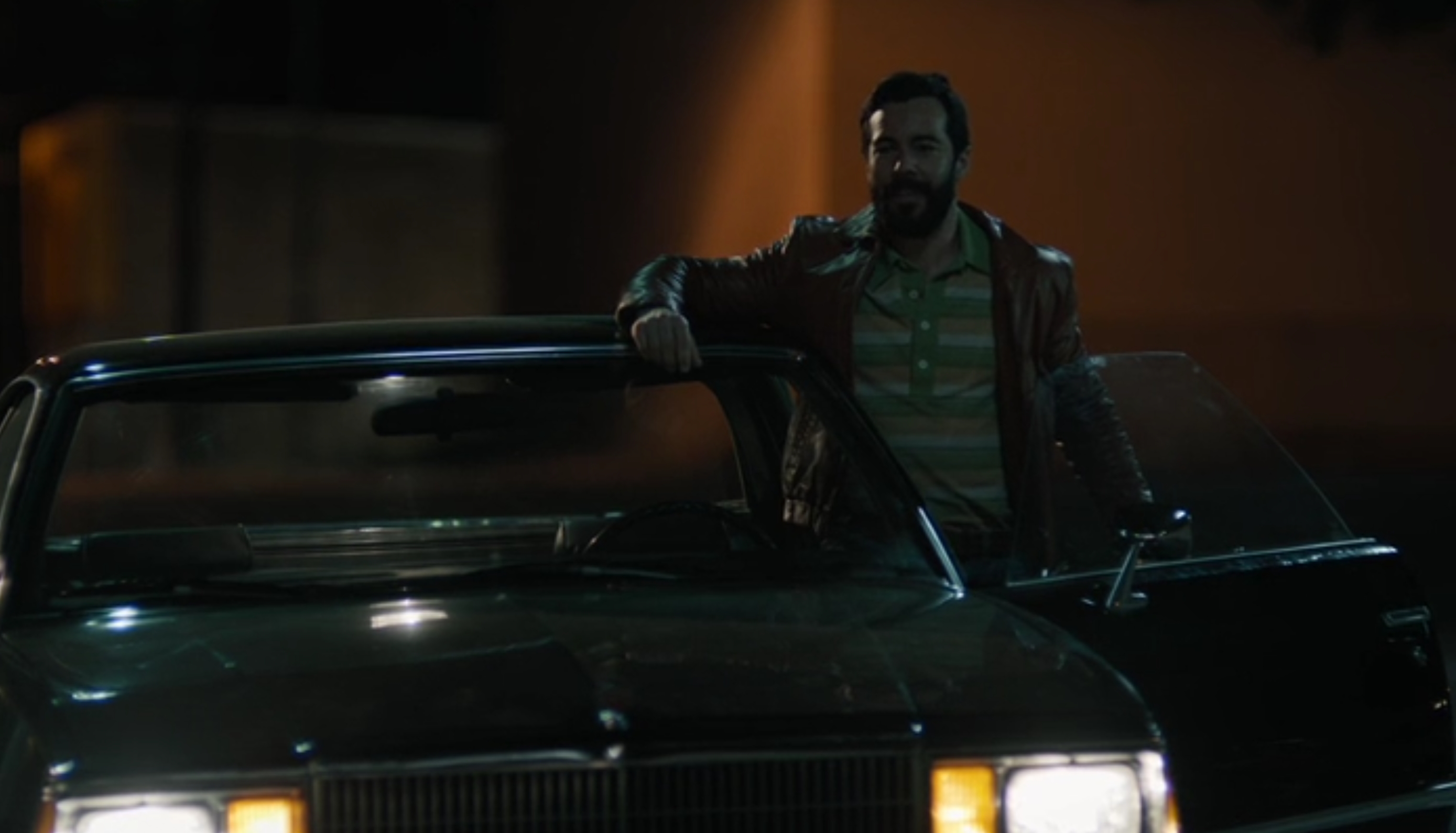
There might also be a reason why the farmer guy is “misremembering,” and doesn’t want Hays to search his house without a warrant. It appears, based on Julie’s drawing, that she’d been inside his house. Check out the drawers in this photo.
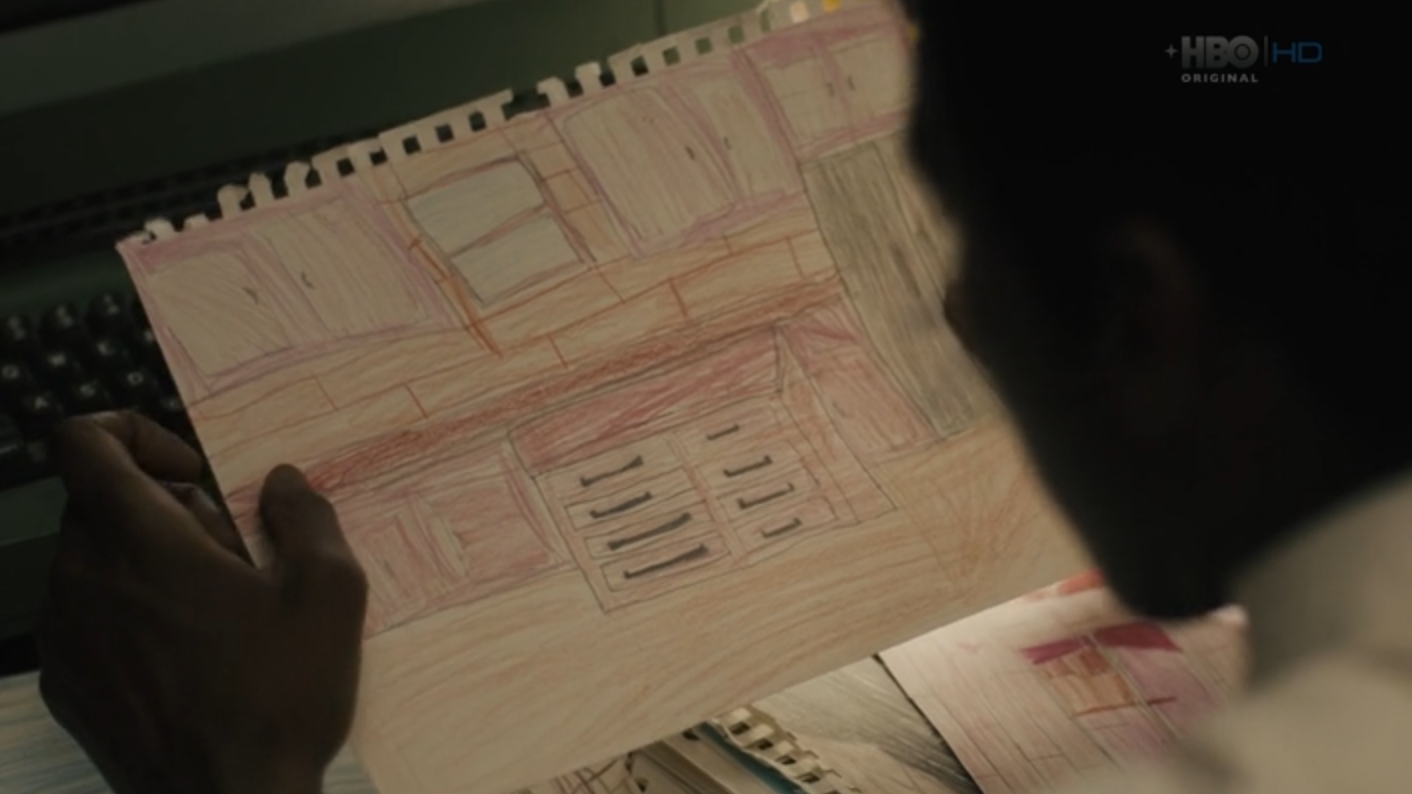
They look awfully similar to the set of eight drawers in that man’s house.
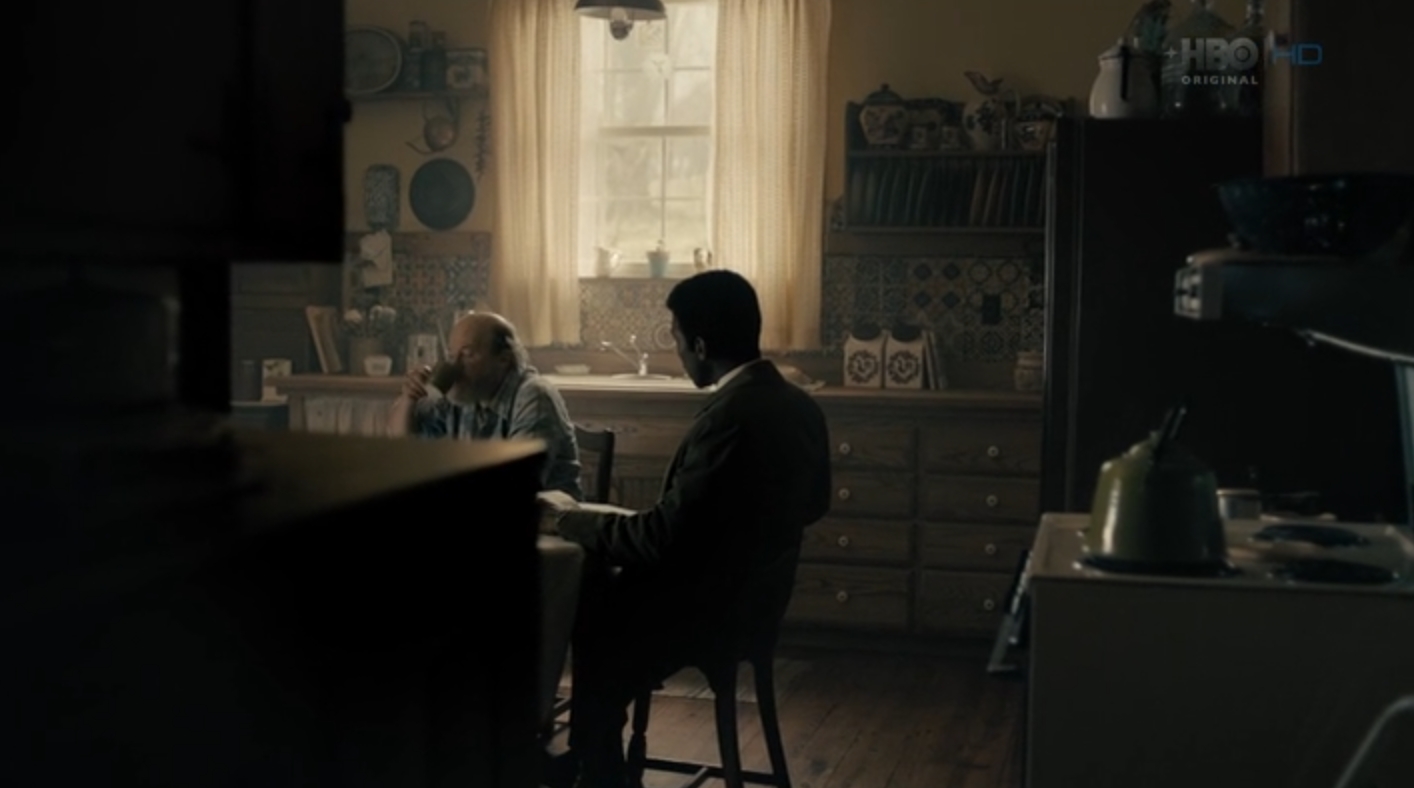
— Meanwhile, Amelia teaches English to 8th through 12th graders. Isn’t it curious that she has drawings in her classroom that appear to have been drawn by much younger children?
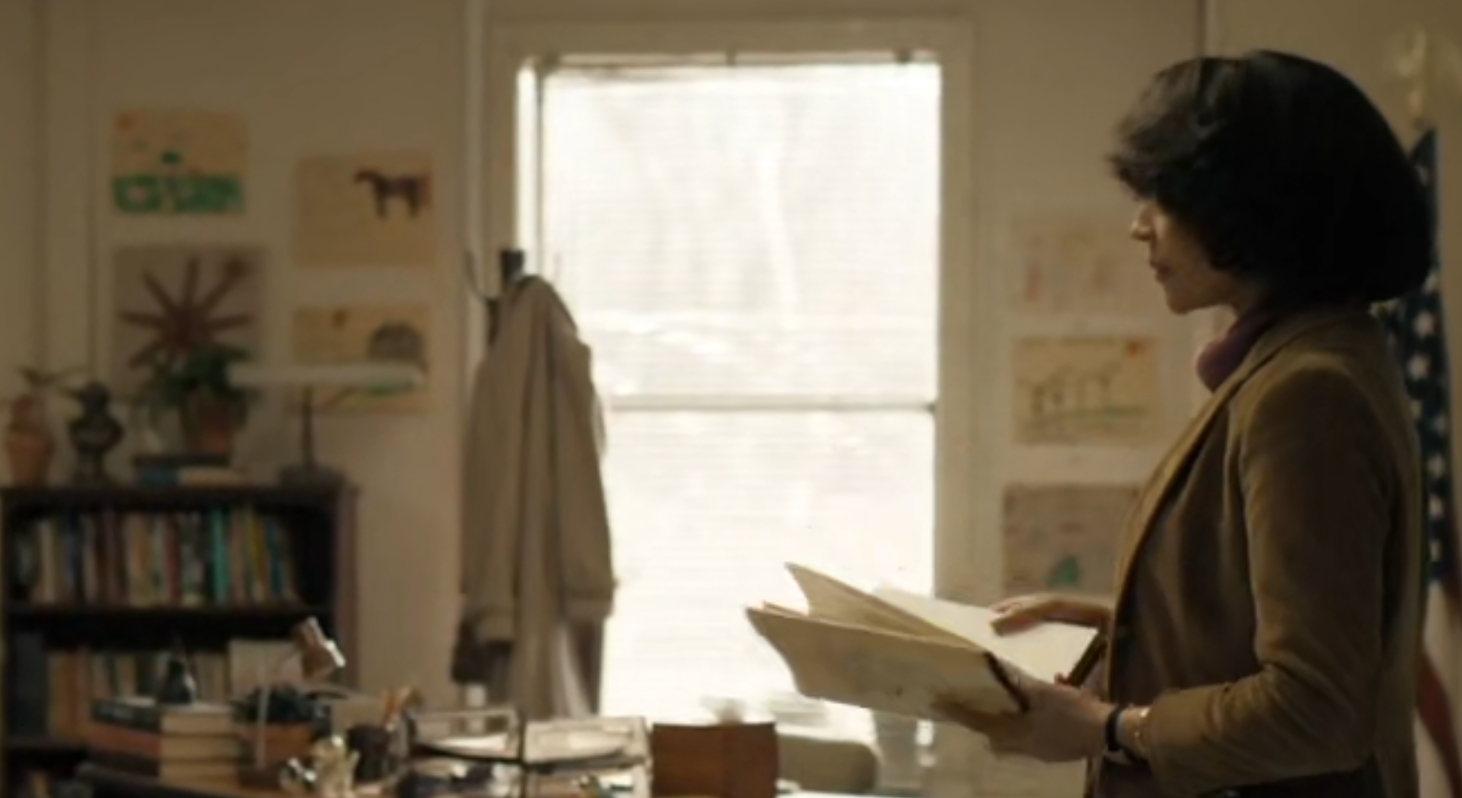
In fact, those drawings look like they were drawn by someone Julie’s age, based on the drawings in Julie’s own room.
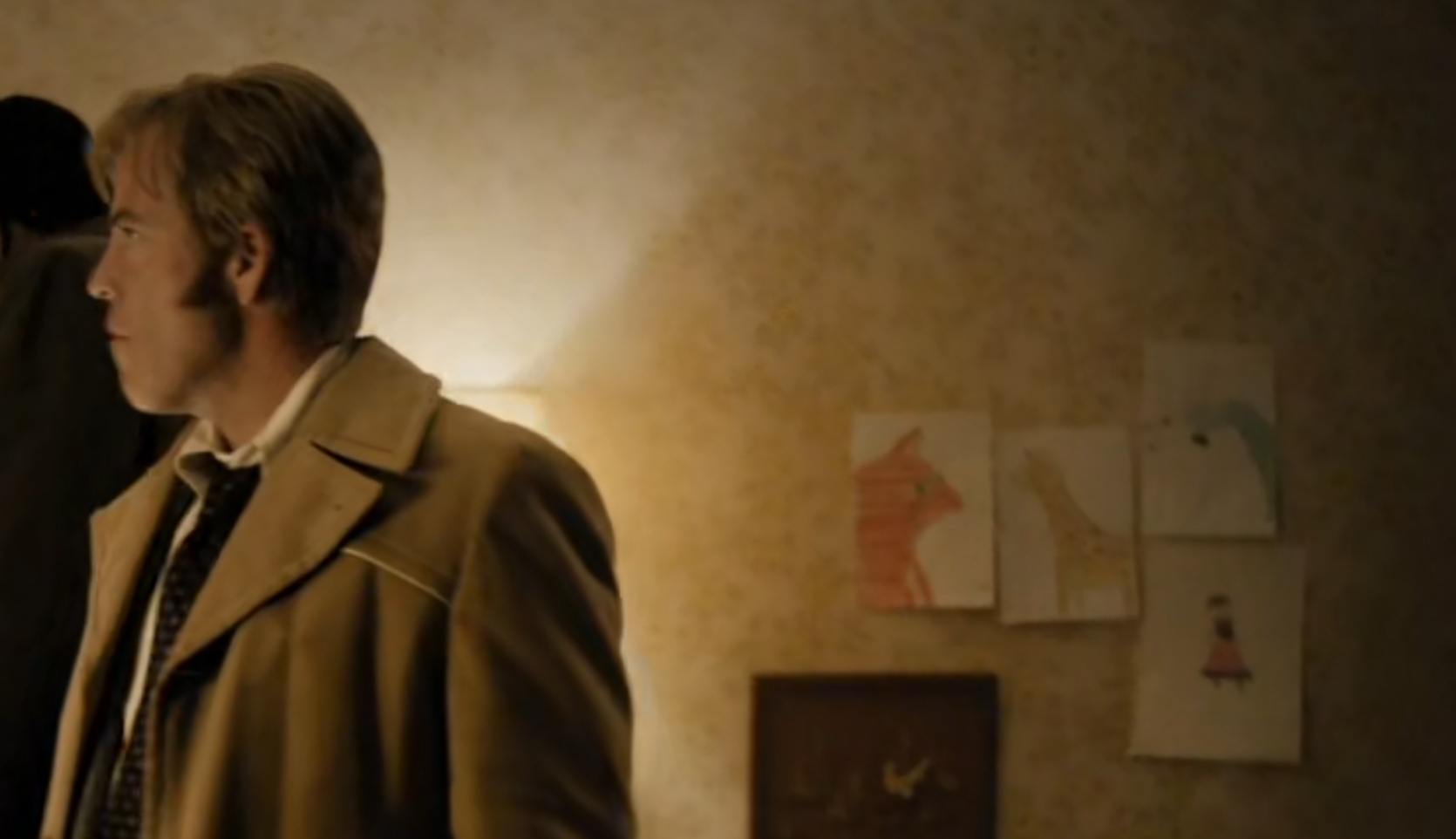
One last thing, and then I’ll let the Amelia theory go (for now). In the second episode, Amelia owns up to some sketchy behavior in her past — she alluded to something that happened when she was in Berkley that she didn’t want to talk about, a seven-month engagement, and a penchant for going to St. Louis and pretending to be someone else. In light of all that, and all the other clues above, I sure did find editing at the end of the second episode curious. These were back-to-back shots:
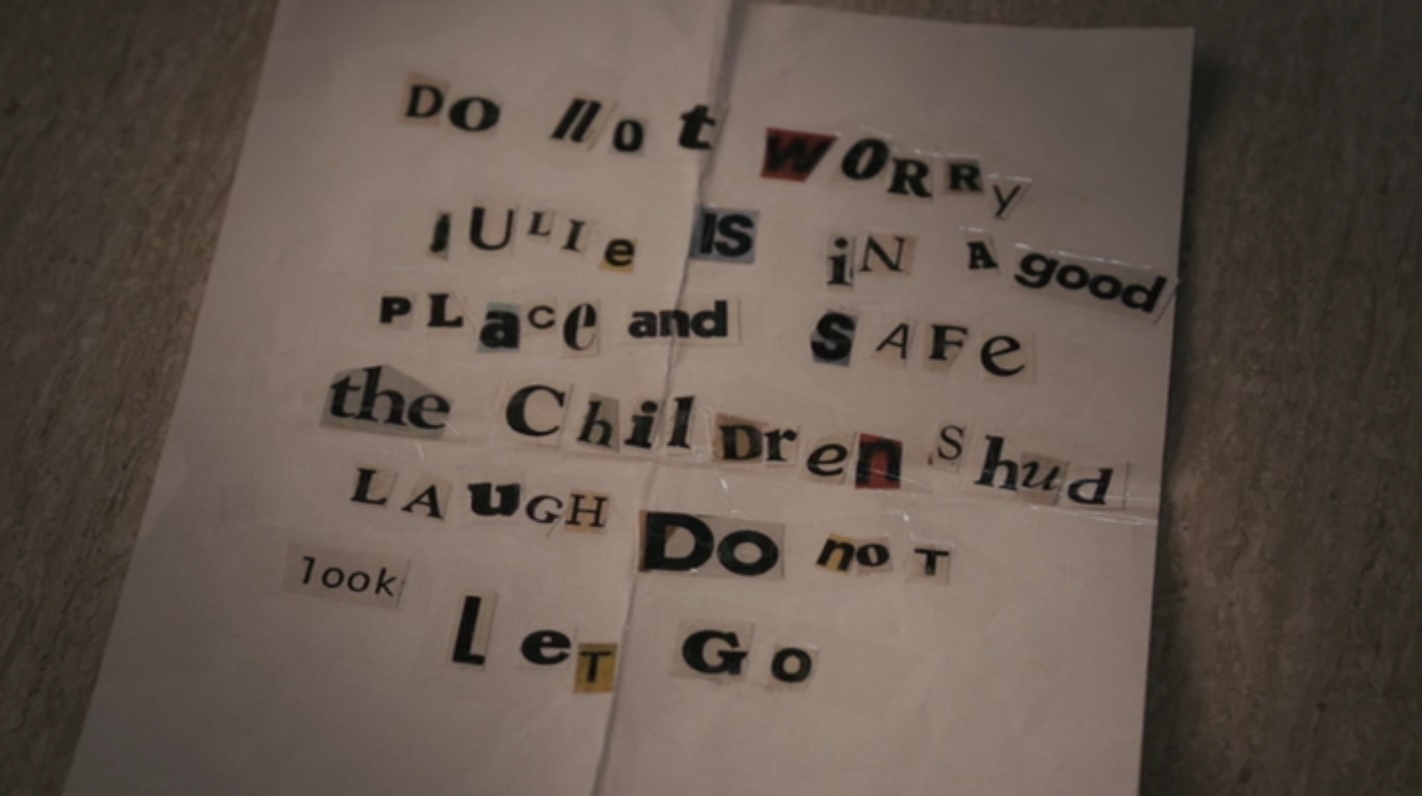

Likewise, these were back-to-back shots:
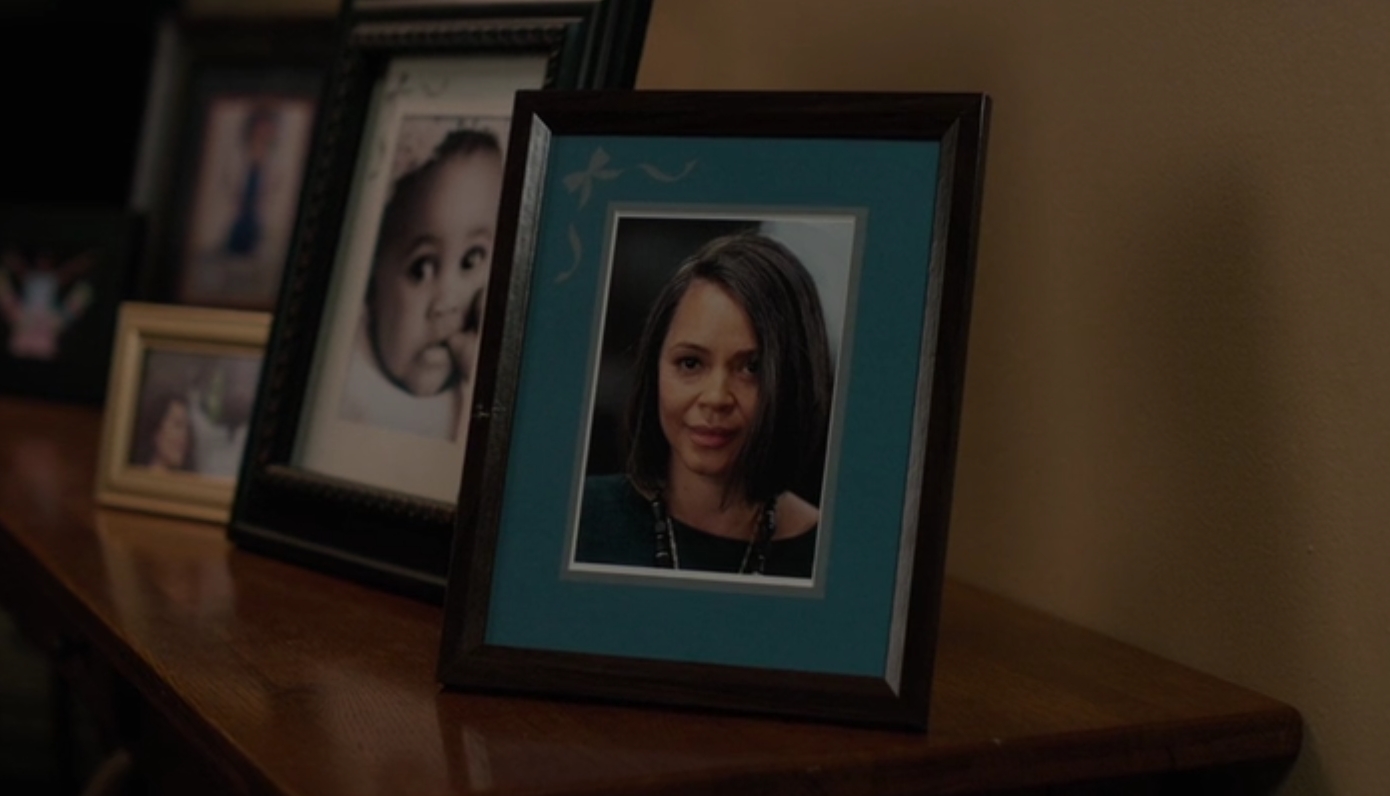
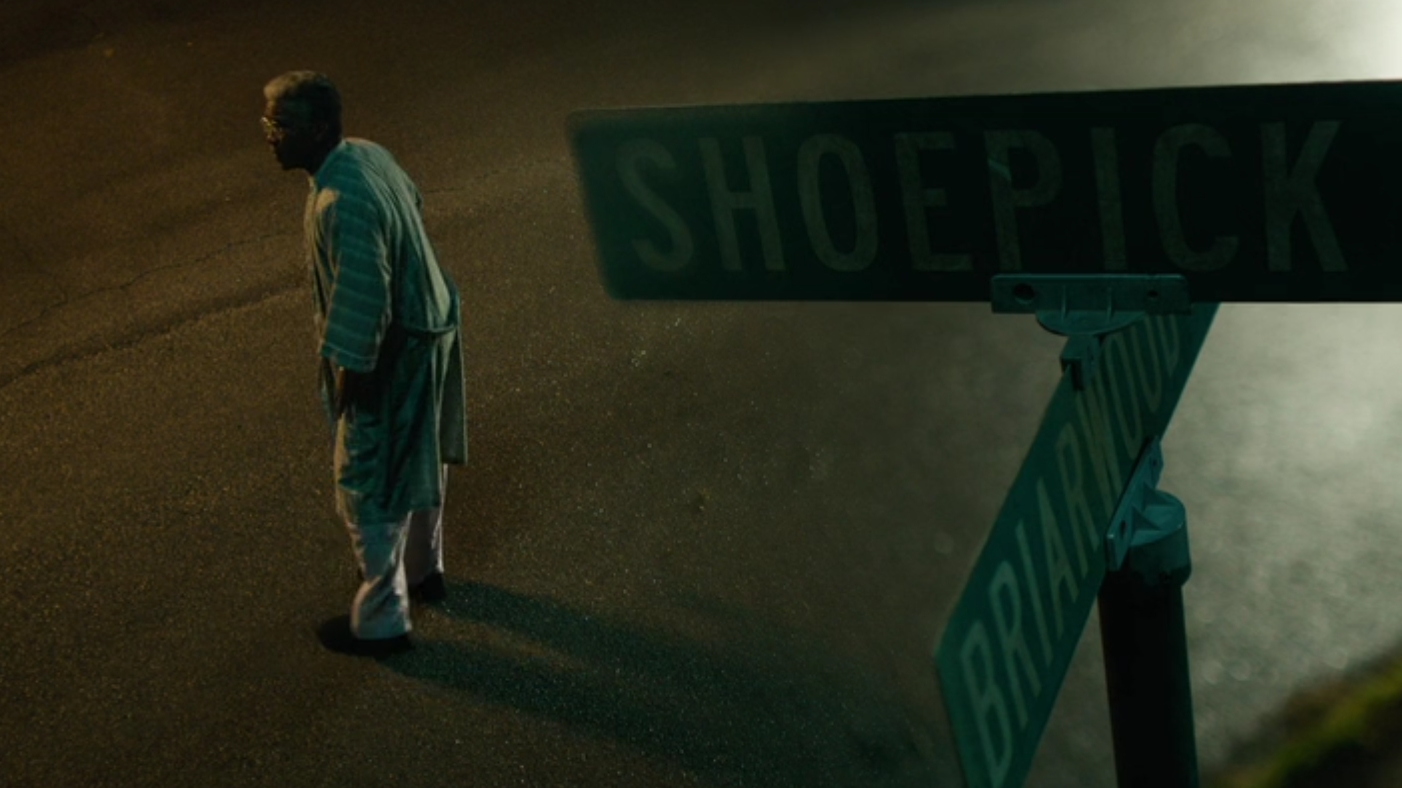
The editing suggests that Amelia was connected to the letter, and it also suggests that Amelia was connected to the reason Hays went back to the Purcell house. Did he burn it down in order to protect his wife?
Other Miscellany
— After the Trashman was beat up by the racist locals, we spot him carrying out something under a blanket that either looks like a small body, or weapons. My hunch is that they are weapons, and that they are connected to the reason West got shot in 1980.
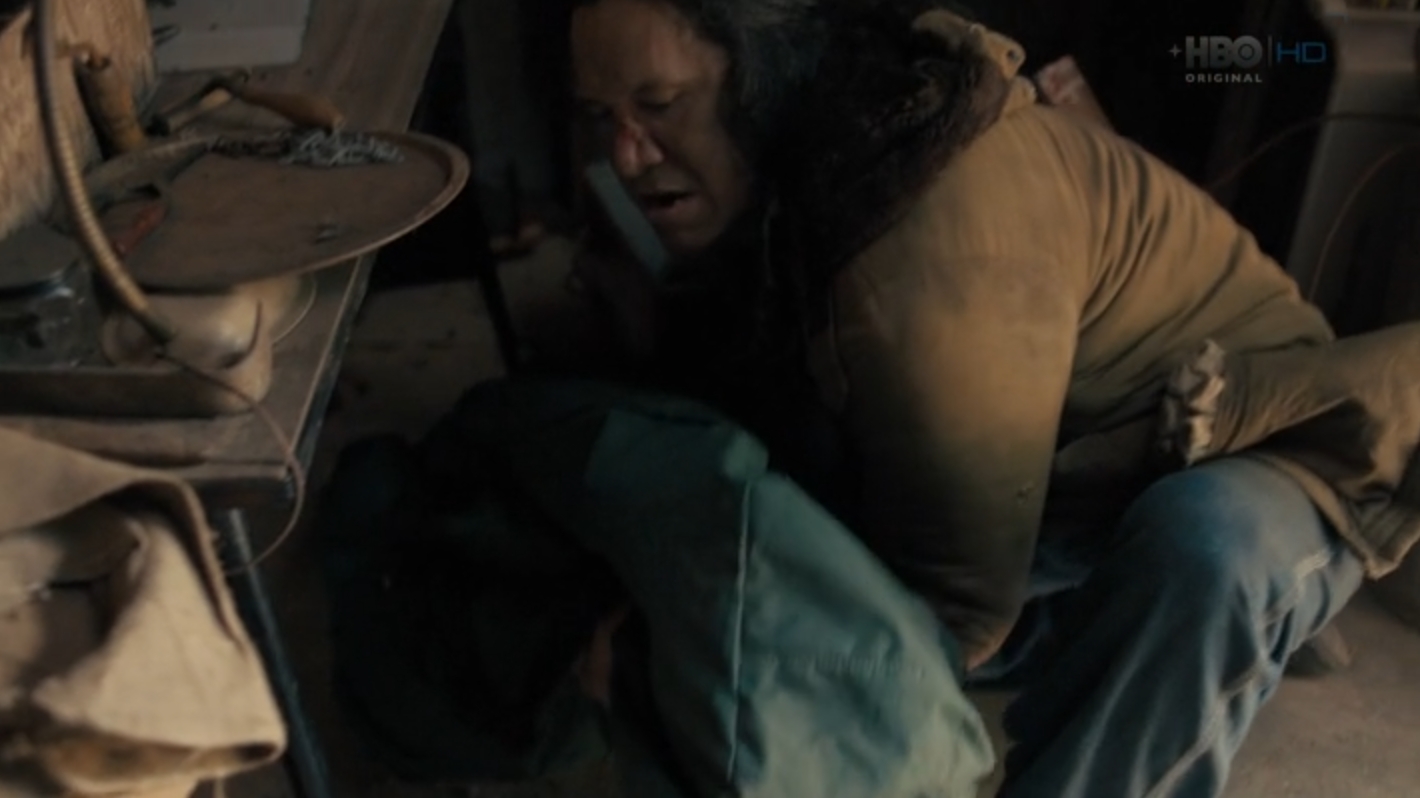
— I haven’t forgotten about Tom Purcell, either. We learn that, in 1990, he’s sober, but that his wife, Lucy, died two years prior. He’s also found God.
— We also learn at the end of the episode that 1990 Hays rejoins West on a task force. As we know, however, it won’t last. In the second episode, we learned from the documentarian that Hays “left the PD after the events with Julie and her father … did you have theories about what happened with Julie Purcell and her father in 1990?” I wouldn’t expect Tom Purcell to stay on the wagon much longer. Something big between Tom and Julie is going to go down.
— We mentioned it in last week’s episode, but it bears repeating again, that Will’s body was found in the same pose as seen in his communion photo, which suggests that whoever killed him was either at the communion or familiar with the photo.
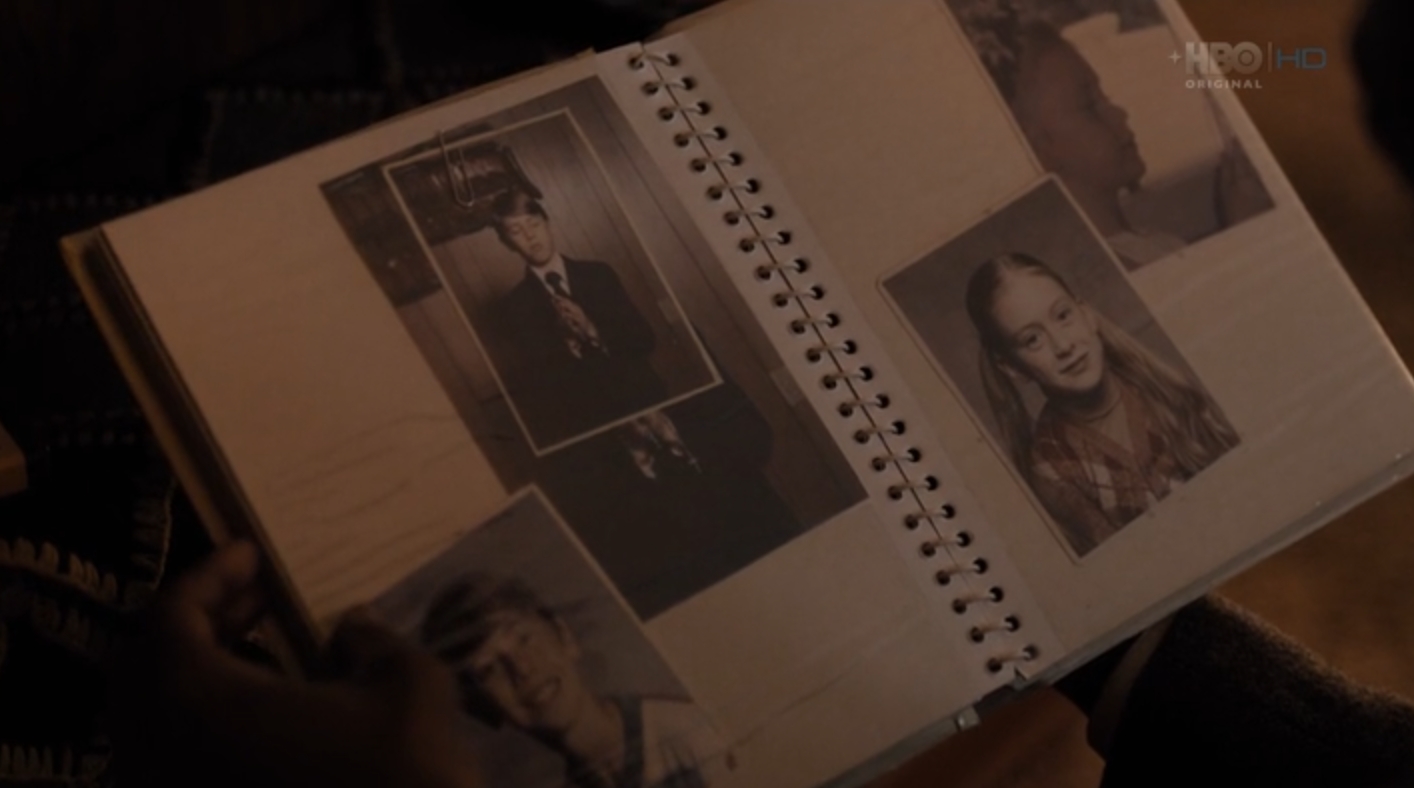
— Not that this show needed yet another element to consider, but it is worth noting that there were some Dungeons and Dragons-like dice found near the area where the kids were playing in the woods, and that in the first episode, a Dungeons and Dragons book can be spotted in Will’s room.
— The Hoyt bag found with the toys in the woods where the kids were playing games likely comes from Lucy, who worked at Hoyt. The President, however, is conveniently on safari, although the company is putting out a reward for finding Julie. I’m not entirely sure where this is going, except that it may suggest that Julie’s real father is someone at Hoyt foods, perhaps even the President, and maybe he arranged Will’s murder and Julie’s abduction?
— There’s a fun inside allusion to the song that’s being played in the VFW bar at the end of the episode, when West reconnects with Hays. “Purple Hays,” he says. “How you been, Killer?” Killer was the nickname of Jerry Lee Lewis, who was performing the song being played in the bar, “She Even Woke Me Up to Say Goodbye.” I’m not sure if we should read anything more into that song, though it is worth noting that Jerry Lee Lewis also married his 13-year-old cousin, which might cast some more suspicion on Cousin Dan and his peephole.






